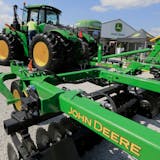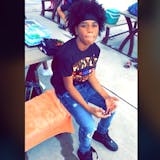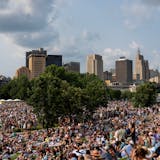Editor's note: Marcus Fuller bounced from state to state during the past five months listening to opinions about the uneven state of college basketball, one year ahead of the Final Four coming to the Twin Cities.
College basketball will set up and tear down its traveling best-in-show production one more time this week before heading north. A year from now, the 2019 Final Four will be taking over the Twin Cities.
This weekend at San Antonio's Alamo Dome, and again next April at U.S. Bank Stadium, streets will fill with partyers and hoopaholics, games will make history and confetti will fly.
These blockbuster moments — bracket-busters, buzzer-beaters and Cinderellas that take over March — make for a beautiful mask. Behind it, the game's foundation shakes. College basketball is not aging well.
Even before FBI agents and university investigators dragged corruption into the spotlight and trashed the sport this winter, an identity crisis was raging.
Some fans didn't need the FBI to chase them away — they were already gone, exhausted from having to relearn rosters every fall. Call it one-and-done fatigue.
Yet in some corners of the country we have packed campus gyms, programs on the rise and extraordinary traditions and rivalries.
With the good and bad in tow, the big show will pull into downtown Minneapolis next April. What exactly did the city win four years ago when its bid to host the 2019 Final Four came through? Did it buy damaged goods or the brightest of all shining moments? Or both?



